The electric vehicle industry has been making significant strides in improving the efficiency and range of its products. Companies like Tesla have set impressive benchmarks, especially with models like the Tesla Model 3, which is known for its range and energy efficiency. However, even as commercial EVs continue to push the boundaries of what’s possible, a team of German students has achieved something truly revolutionary.
They have created an electric car that can travel an astounding 2600 KM (1615 Miles) on a single charge, all while using a battery that is only 25% the size of the Tesla Model 3. This groundbreaking feat not only shatters previous records but also opens up a realm of new possibilities for the future of electric mobility.
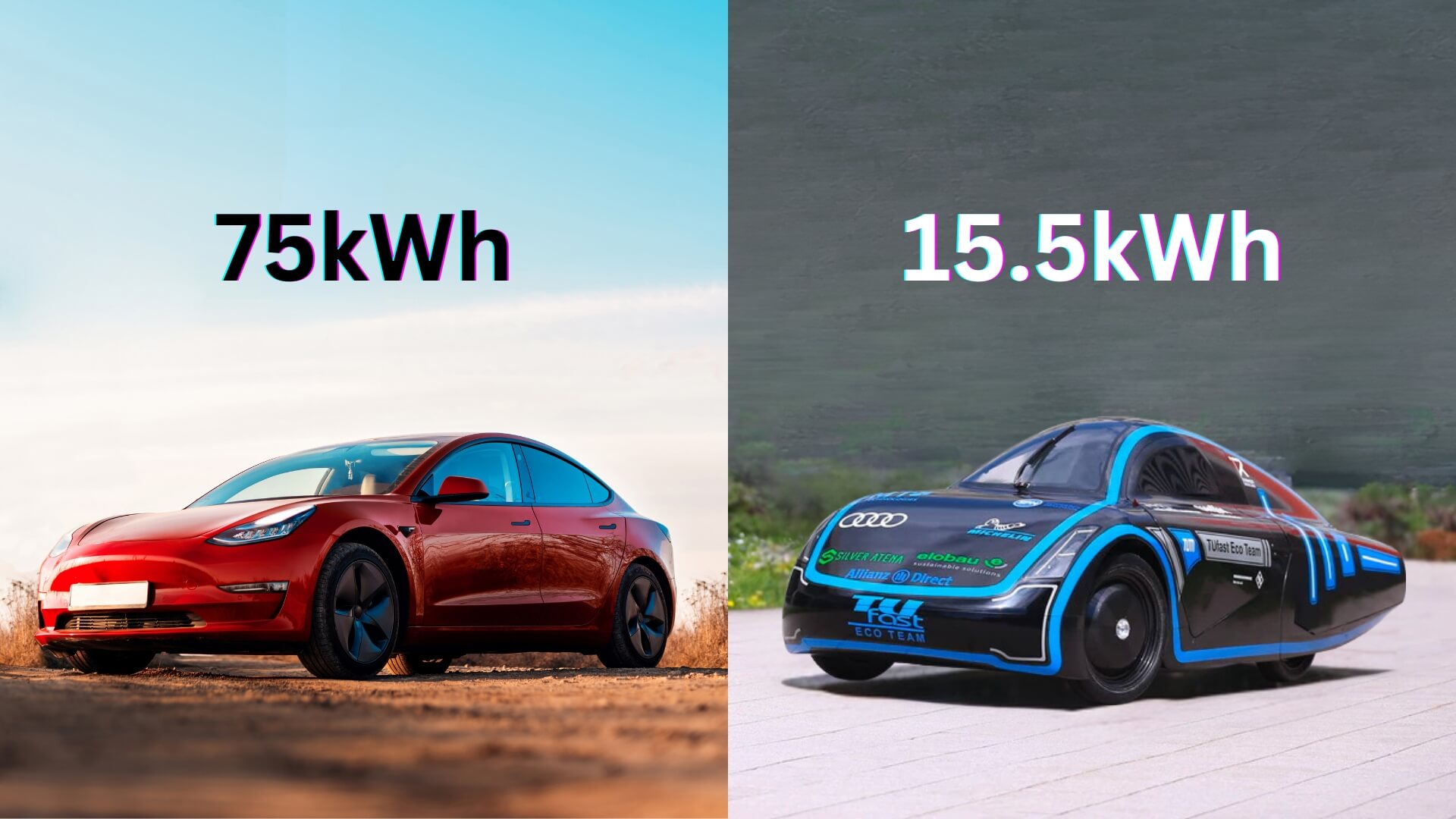
Table of Contents
TUfast Eco Team and Their Mission
The team responsible for this groundbreaking achievement is called “TUfast Eco,” a group of students from the Technical University of Munich. This esteemed institution is renowned for its focus on science and engineering, providing the perfect backdrop for a project of this magnitude. The students of TUfast Eco have united under a common goal: to push the boundaries of what’s possible in electric vehicle technology.
Prior to this project, TUfast Eco had already made their mark by achieving a driving range of 1608 KM (999 Miles) with an electric vehicle. While this was an impressive feat, the team was not satisfied with merely setting a benchmark, they aimed to shatter it.
The mission was unequivocally clear: to break all existing records for electric vehicle driving range. Every aspect of the vehicle, from its battery efficiency and aerodynamics to its weight distribution, was meticulously planned and executed. The team’s singular focus was to set a new world record for the longest distance an electric vehicle could travel on a single charge.
The Record-Breaking Feat
The record-breaking test was conducted in a controlled environment, specifically in a hangar at Munich Airport. This setting allowed for precise measurement and monitoring of the vehicle’s performance, ensuring the accuracy of the results. The team took into account various factors such as temperature, wind resistance, and road conditions to create an environment that would be conducive for achieving maximum efficiency.
Duration and Distance Covered
The test was a marathon, not a sprint, requiring immense preparation and endurance. The vehicle was driven for a total of 99 hours across six days. At the end of this grueling period, the car had covered an astonishing distance of 2573.8 KM (1598 Miles). While the initial aim was to reach 2600 KM (1615 Miles), the final distance was more than enough to set a new world record, surpassing the previous record by a significant margin.
A New World Record
The achievement by TUfast Eco has set a new world record for the longest distance covered by an electric vehicle on a single charge. This feat is not just a milestone for the team but also a monumental leap for the electric vehicle industry as a whole. The record serves as a testament to the untapped potential of electric vehicles and opens up new possibilities for future advancements in range and efficiency.
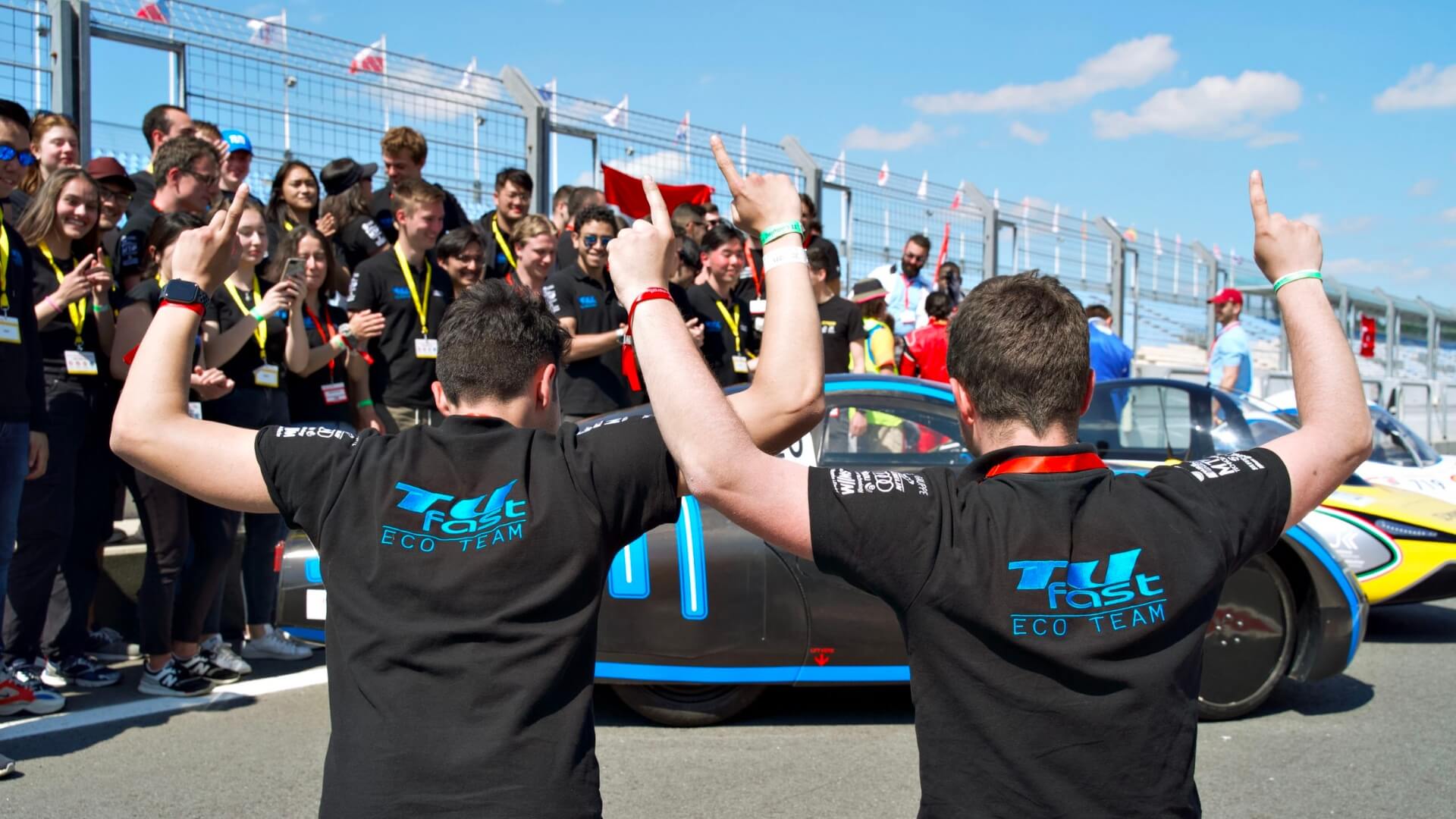
Battery Size and Efficiency
One of the most striking aspects of TUfast Eco’s achievement is the size of the battery used in their electric vehicle. The car was powered by a 15.5 kWh battery, which is significantly smaller compared to commercial electric vehicles. For instance, the Polestar 2, known for its long driving range, uses an 82 kWh battery. This means that TUfast Eco’s battery is approximately one-fifth the size of the Polestar 2’s battery, yet it achieved a range that is about 1900 KM greater than the longest driving range of any road-legal electric car.
Achieving Greater Range with a Smaller Battery:
The question that naturally arises is, how did a smaller battery achieve such a monumental range? Several factors contribute to this feat:
- Weight Efficiency: The vehicle’s lightweight design, weighing only 170 kilograms without a driver, significantly reduced the energy required to move it.
- Aerodynamic Efficiency: The car was designed to be as aerodynamically efficient as possible, boasting a drag coefficient (Cd) of 0.159, which is lower than any commercial EV available in the market.
- Optimized Driving Speed: The vehicle maintained an average speed of 26 kilometers per hour, which is a speed range that maximizes energy efficiency for electric vehicles.
- Advanced Engineering: The team likely employed advanced engineering techniques to optimize the battery’s energy density and discharge rates, although specific details have not been disclosed.
Weight and Speed
The weight of TUfast Eco’s electric vehicle is another remarkable feature that contributed to its record-breaking range. Weighing in at just 170 kilograms without a driver, the car is significantly lighter than most commercial electric vehicles. For example, the Polestar 2 weighs around 2000 kilograms. This drastic reduction in weight played a crucial role in the vehicle’s efficiency, as lighter vehicles require less energy to move.
Driving speed was another critical factor in achieving the record-breaking range. The vehicle maintained an average speed of 26 KM/H (16 MPH) during the test. While this speed may seem slow compared to typical driving conditions, it is within the optimal range for maximizing an electric vehicle’s efficiency. Lower speeds reduce air resistance and energy consumption, thereby extending the vehicle’s range.
Drag Coefficient
Aerodynamic efficiency was a key focus in the design of TUfast Eco’s electric vehicle. The car boasts an impressive drag coefficient (Cd) of 0.159. To put this into perspective, the most aerodynamically efficient commercial electric vehicle currently available has a Cd of 0.20. The lower the Cd, the less air resistance the vehicle encounters, which in turn improves energy efficiency and extends driving range.
Implications for the Future of EVs
The groundbreaking achievement by TUfast Eco serves as a catalyst for further research and development in the electric vehicle industry. There are several areas where efficiency can be improved:
- Battery Technology: While TUfast Eco’s small battery achieved remarkable efficiency, advancements in battery technology could lead to even greater energy densities and faster charging times.
- Material Science: The use of lightweight materials can significantly reduce the overall weight of the vehicle, thereby improving efficiency.
- Software Optimization: Advanced algorithms can be developed to manage energy consumption more effectively, adjusting various vehicle parameters in real-time to maximize range.
- Regenerative Braking: Although not mentioned in TUfast Eco’s project, the efficiency of regenerative braking systems can be improved to recover more energy during braking.
Potential Technologies and Features
The achievement by TUfast Eco opens the door for various innovations aimed at extending the range of electric vehicles:
- Air Suspension Systems: These systems can automatically adjust the height of the vehicle to reduce air resistance, especially at higher speeds, thereby improving aerodynamic efficiency.
- Heated Seat Belts and Ventilated Seats: Traditional heating and air conditioning systems consume a lot of energy. Innovations like heated seat belts and ventilated seats can provide comfort while consuming less energy.
- Solar Panels: While TUfast Eco’s vehicle did not use solar panels, integrating them into the design could provide an additional source of energy, further extending the vehicle’s range.
- Variable Aerodynamics: Features that adjust the vehicle’s aerodynamic profile in real-time could also contribute to range extension.
- Energy-efficient Tires: The development of tires specifically designed for low rolling resistance can also contribute to improved efficiency.
Conclusion
The achievement by TUfast Eco is nothing short of revolutionary for the electric vehicle industry. By setting a new world record for the longest distance covered on a single charge, the team has shattered existing benchmarks and set a new standard for what is possible in electric vehicle technology. Their feat serves as a testament to the untapped potential in the realm of electric mobility and opens up new avenues for research and development.
As we look to the future, this groundbreaking achievement provides a glimpse of the untapped possibilities in electric vehicle technology. It’s a clear signal that we are on the cusp of a new era in sustainable transportation, one that could see electric vehicles becoming even more efficient and accessible. With advancements in battery technology, aerodynamics, and energy management systems, the next generation of electric vehicles could very well redefine our understanding of what is possible in terms of range and efficiency.



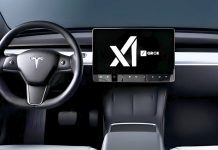

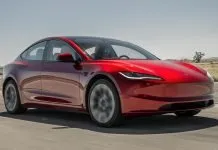








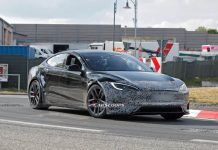


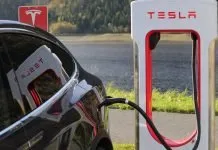

It would be nice to compare these results based on real life usage. No one drives 26km an hour or looking to fit only one person in a car. This doesn’t seem THAT ground breaking.